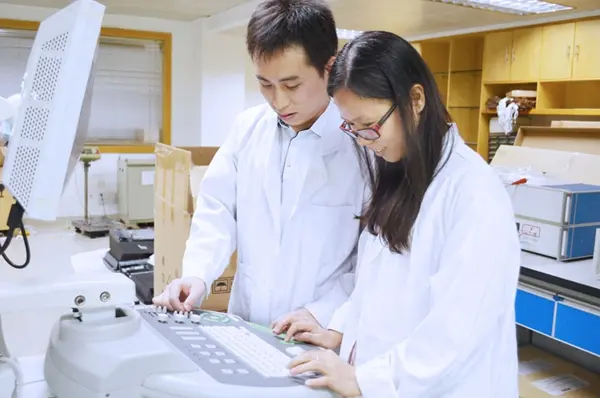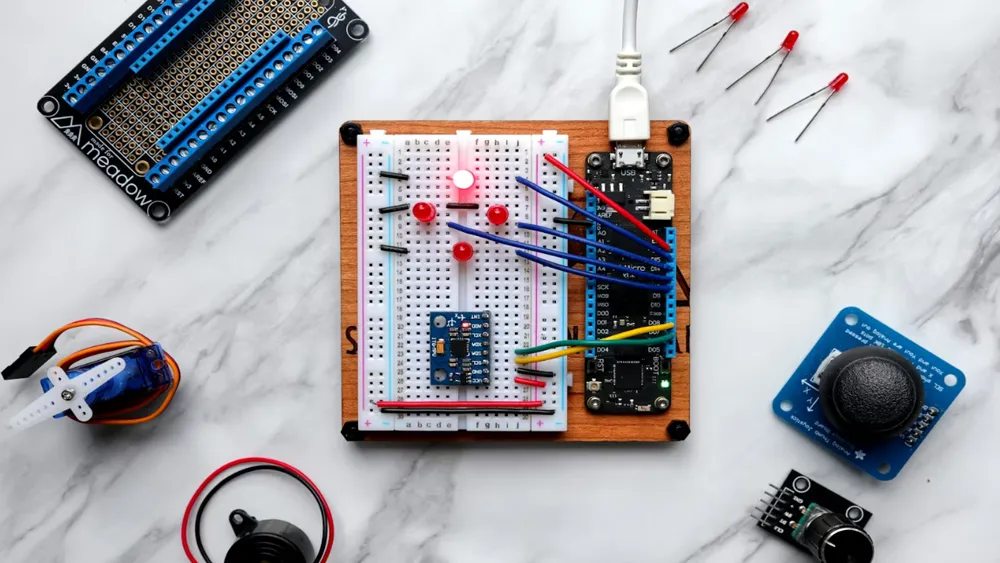
Medical Device Penetration Testing
Importance of Penetration Testing for Medical Devices
Penetration testing is a critical process in cybersecurity, especially for medical devices, where patient safety and data privacy are at stake. This article explores the fundamentals of penetration testing, its unique characteristics in the medical device industry, and its application across the product lifecycle.

1. What is Penetration Testing?
Penetration testing is a technique that simULates cyberattacks, conducted by ethical hackers, to:
- Assess the security of systems, applications, or devices.
- Identify and fix vulnerabilities before malicious attackers exploit them.
- Verify the effectiveness of security controls.
For medical devices, the primary goal is to ensure these devices can withstand cybersecurity threats, safeguarding device functionality and patient data.
2. Penetration Testing in the Medical Device Industry
The medical device industry's requirements for security are exceptionally high due to:
1. Patient Safety and Continuity of Care: Security vulnerabilities can pose direct threats to patient lives.
2. Device Connectivity: Medical devices are often the weakest link in broader healthcare networks.
3. Complexity and Risk: Highly interconnected devices increase the challenges in security management and testing.
Industry-Specific Characteristics
- Scientific Rigor: Testing methodologies must be objective, precise, and rigorous to meet industry standards.
- Expertise of Testers: Inexperienced testers may overlook critical vulnerabilities specific to medical devices.
- Focused Risk Assessment: Penetration testing identifies technical vulnerabilities but does not directly assess patient safety risks.
3. Penetration Testing Across the Product Lifecycle
Penetration testing is integral to the product lifecycle, covering both pre-market design and development and post-market monitoring and maintenance.
Design and Development Phase
- Threat Modeling: Identifies potential vulnerabilities early and informs the development of effective security features.
- Iterative Testing: Continuously validates security controls during development.
- Test Accuracy: Ensures the test units accurately represent the final product.
Post-Market Monitoring
- Continuous Monitoring: Regular penetration tests address emerging threats.
- DynaMIC Updates: Ensures security throughout the device’s lifecycle.
4. Methodology Rigor and Reporting Standards
In the medical device sector, penetration testing must be strict, repeatable, evidence-based, and adhere to the following key reporting elements:
1. Overview: Summarize the issue's background and impact.
2. Scope: Clearly outline tested and untested areas.
3. Timeline: Include testing dates to avoid outdated results.
4. Methodology: Detail steps and tools used for reproducibility.
5. Technical Details: Provide evidence such as screenshots or code samples.
6. Tester Qualifications: Specify the skills and tools used by testers to ensure alignment with industry needs.
5. Risk Rating and Scoring
- Technical Impact: Describe the impact of identified vulnerabilities on security and effectiveness.
- Testing Conditions: Document the context in which vulnerabilities were found.
- Updates and Documentation: Regular assessments and comprehensive documentation support effective monitoring.
Note:
CVSS (Common Vulnerability Scoring System) evaluates technical severity but should not be used for safety risk assessments, which must comply with ISO 14971.
6. Conclusion
By integrating penetration testing throughout the product lifecycle, medical device manufacturers can:
- Proactively mitigate evolving cybersecurity threats.
- Ensure patient safety and data integrity.
- Meet industry standards and FDA requirements.
China JJR LAB provides specialized cybersecurity solutions for medical device manufacturers, helping establish compliant security strategies to safeguard patient safety.
More:CE Certification mark | UL Certification cost | RCM Certification | UN38.8 battery
Email:hello@jjrlab.com
Write your message here and send it to us
 What is Amazon TIC and How Can Sellers Achieve Com
What is Amazon TIC and How Can Sellers Achieve Com
 2026 Battery UN38.3 Certification (Test Report) &a
2026 Battery UN38.3 Certification (Test Report) &a
 What is the IEC 62680 Standard? Compliance Interpr
What is the IEC 62680 Standard? Compliance Interpr
 Amazon Japan December Compliance Requirements
Amazon Japan December Compliance Requirements
 How to Check a CPSC-Accepted Laboratory?
How to Check a CPSC-Accepted Laboratory?
 WEEE Registration for Waste Electrical &Electr
WEEE Registration for Waste Electrical &Electr
 MSDS Chemical Safety Testing
MSDS Chemical Safety Testing
 What Are the Differences Between UK REACH and EU R
What Are the Differences Between UK REACH and EU R
Leave us a message
24-hour online customer service at any time to respond, so that you worry!




